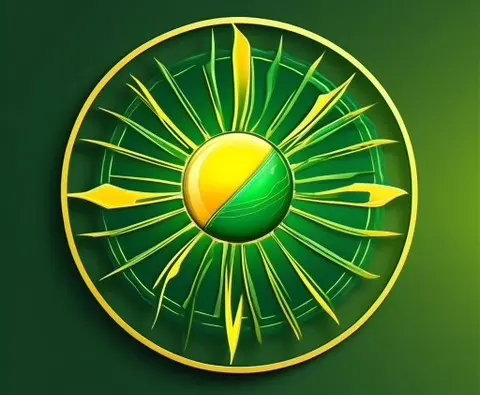Understanding the U.S Power Grid
Understanding the U.S. Power Grid: Challenges and Opportunities
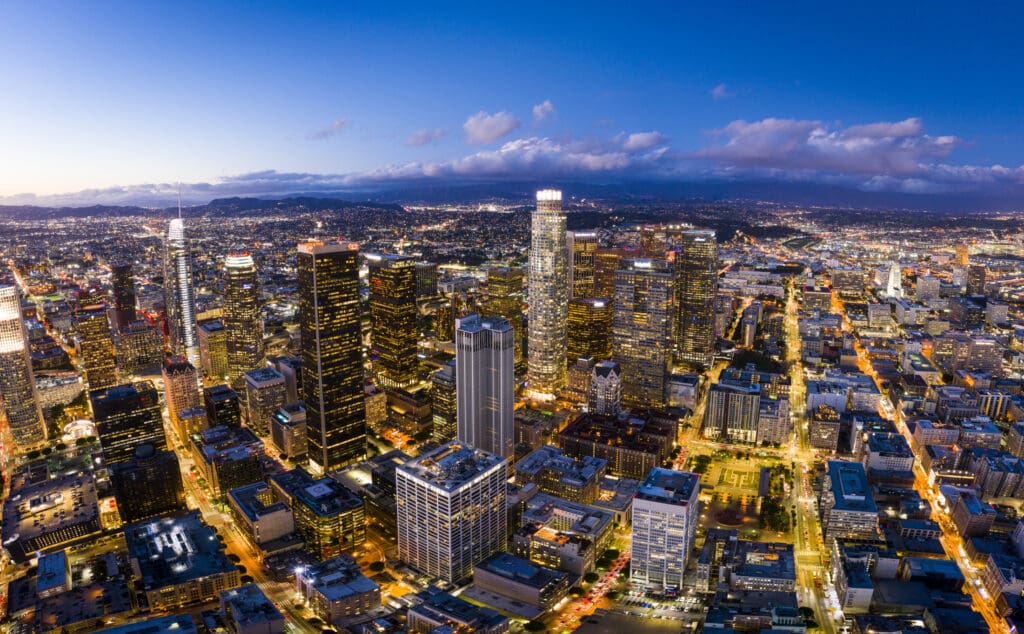
The U.S. power grid, often referred to as the backbone of modern life, powers our homes, businesses, and industries. However, as technology evolves and our energy needs grow, the grid faces increasing challenges. Understanding how it works and the issues it confronts is key to building a more sustainable and resilient energy future.
What is the U.S. Power Grid?
The U.S. power grid is a vast network of power plants, transmission lines, and distribution systems that deliver electricity across the country. It consists of three major interconnected systems:
• The Eastern Interconnection: Covers the eastern half of the United States.
• The Western Interconnection: Covers the western states.
• The Electric Reliability Council of Texas (ERCOT): Manages most of Texas.
Together, these systems serve more than 330 million people and span millions of miles of infrastructure. The grid works by transmitting electricity from power plants to substations and then distributing it to homes and businesses.
Challenges Facing the U.S. Power Grid
1. Aging Infrastructure
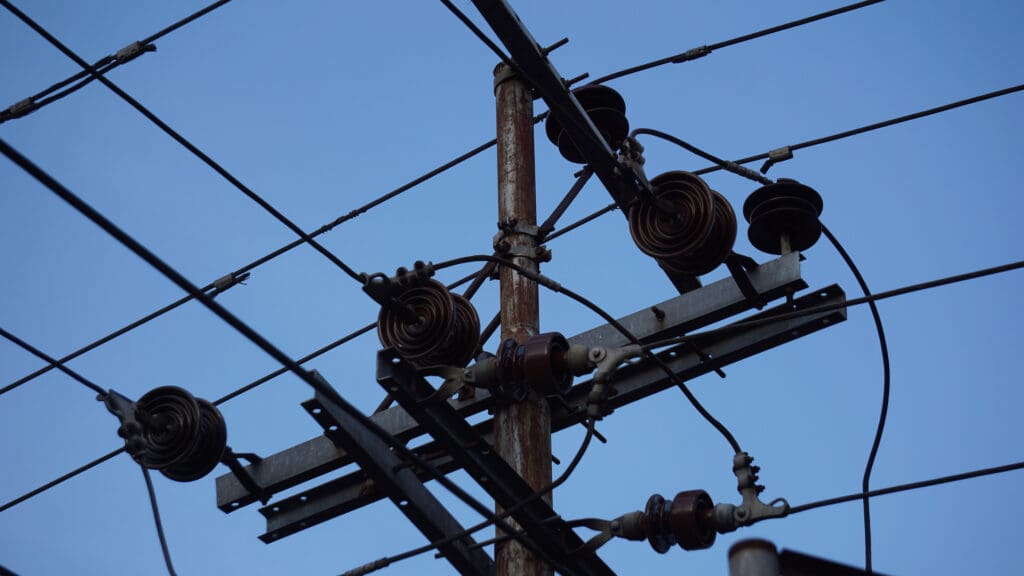
The U.S. power grid is one of the oldest in the world, with many components dating back to the mid-20th century. Aging transformers, power lines, and substations make the grid more vulnerable to failures and blackouts. Modernizing these systems requires significant investment and time.
2. Increasing Demand for Electricity
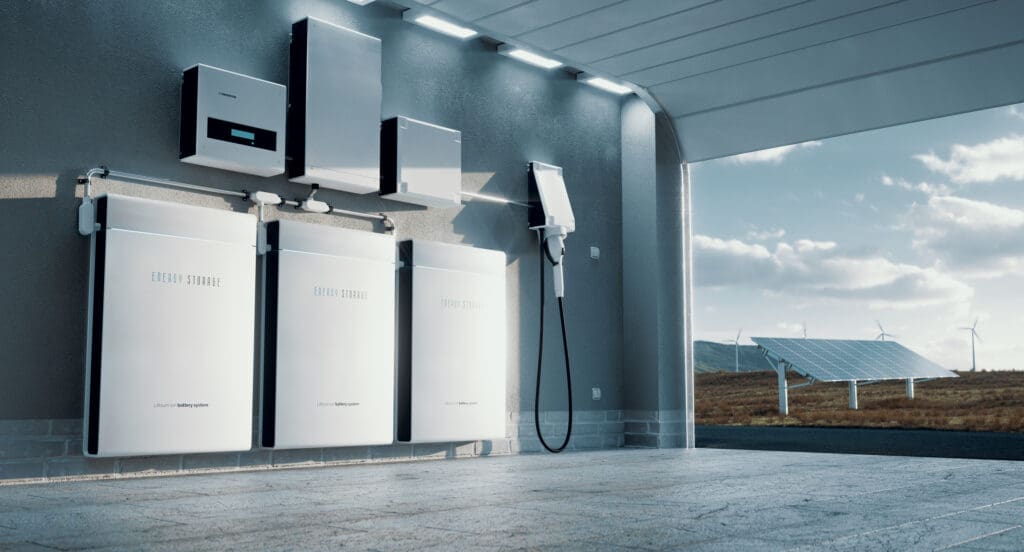
With the rise of electric vehicles, smart homes, and high-tech industries, electricity demand is growing. The grid must expand its capacity to keep up with this rising demand while maintaining reliability.
3. Renewable Energy Integration
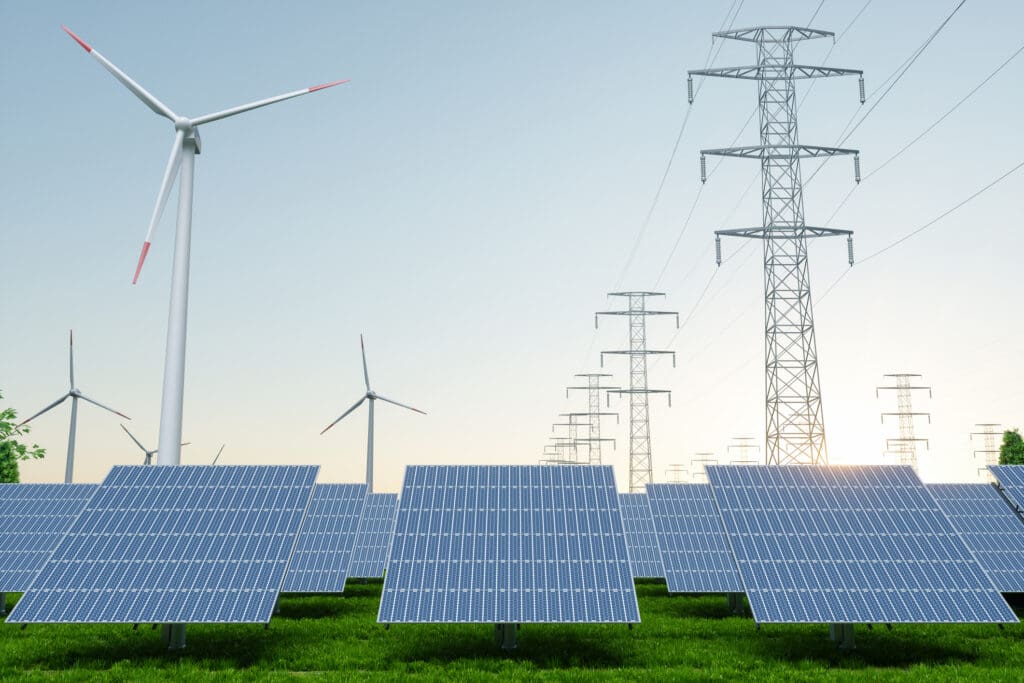
The shift toward renewable energy sources like solar and wind presents both opportunities and challenges. Unlike traditional fossil fuels, renewable energy is intermittent—solar power is only available when the sun shines, and wind power depends on weather conditions. The grid must adapt to store and distribute renewable energy efficiently.
4. Cybersecurity Threats
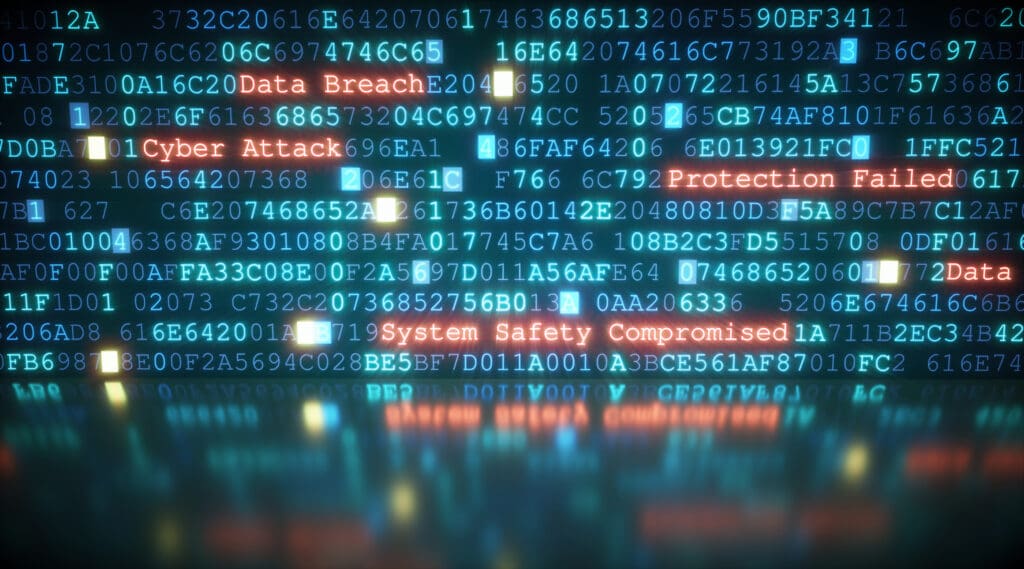
As the grid becomes more digitized, it is increasingly vulnerable to cyberattacks. Protecting critical infrastructure from hackers is a growing concern for utility companies and the government.
5. Extreme Weather Events
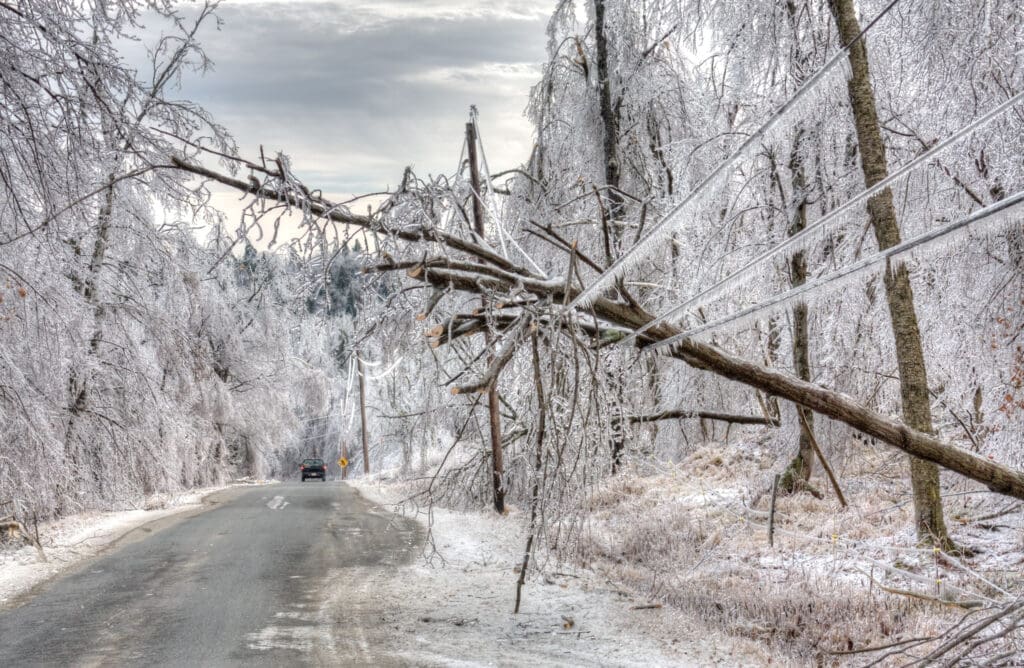
Climate change is leading to more frequent and severe weather events, such as hurricanes, wildfires, and heatwaves. These events can damage infrastructure, cause prolonged outages, and strain the grid’s ability to meet peak demand.
6. Transmission Bottlenecks
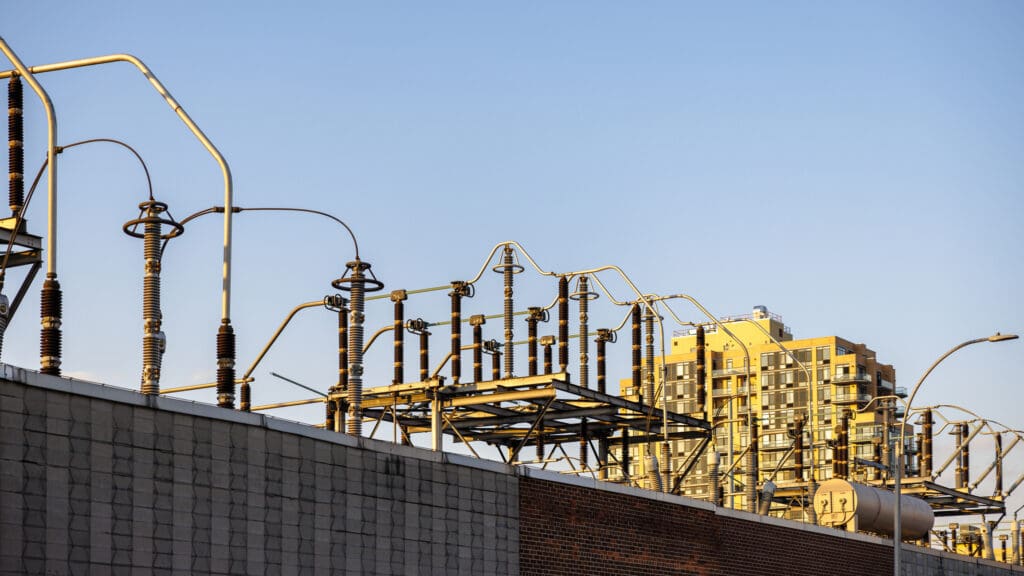
The transmission network is often insufficient to move power from where it’s generated (such as wind farms in the Midwest) to where it’s needed (like urban centers). This mismatch can result in wasted energy and higher costs for consumers.
7. Financial and Regulatory Barriers
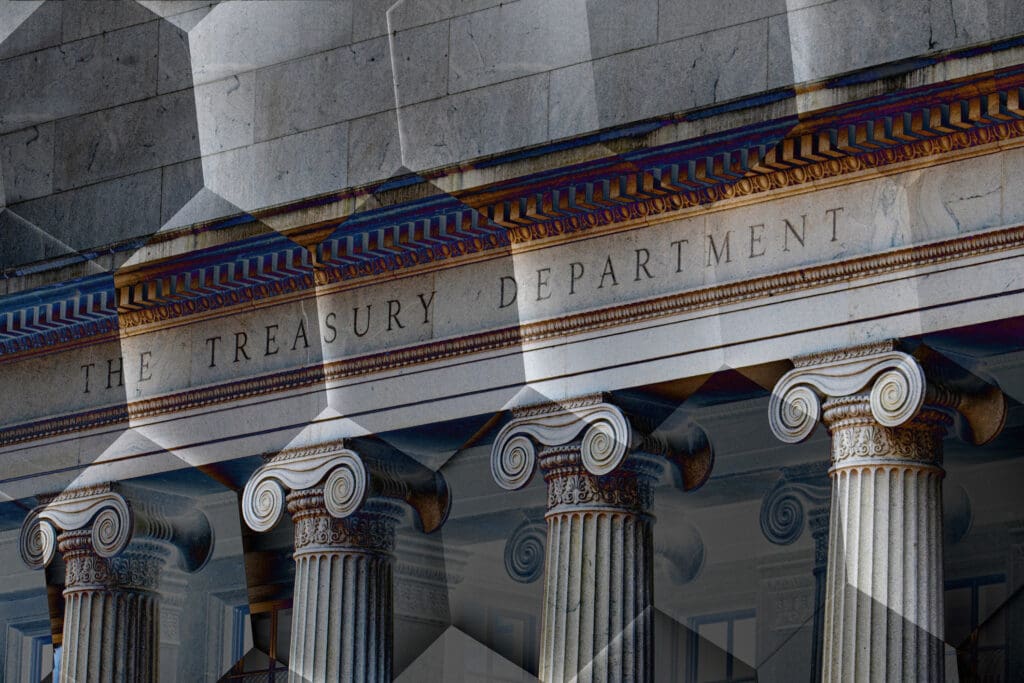
Upgrading the grid requires massive financial investment, but regulatory hurdles and fragmented oversight across states can delay projects. Coordinating modernization efforts is a complex process.
Solutions and Opportunities
While the challenges are significant, there are solutions and opportunities to strengthen the grid:
• Grid Modernization: Replacing outdated components with advanced technologies like smart grids and microgrids can improve reliability and efficiency.
• Energy Storage: Investing in battery storage systems allows renewable energy to be stored and used when needed, reducing reliance on fossil fuels.
• Decentralized Energy: Home solar panels, rooftop wind turbines, and community energy projects reduce strain on the centralized grid while increasing energy resilience.
• Cybersecurity Improvements: Strengthening defenses against cyberattacks is critical to protecting the grid’s functionality.
• Government Support: Federal and state governments can provide funding and streamlined regulations to accelerate grid upgrades.
How Solar Energy Fits Into the Equation
Solar energy plays a vital role in addressing the grid’s challenges:
• Reduces Demand: Solar panels on homes and businesses generate power locally, decreasing the load on the grid.
• Improves Resilience: Solar systems paired with battery storage provide backup power during outages.
• Supports Sustainability: Solar energy is clean, renewable, and aligns with global efforts to combat climate change.
Conclusion
The U.S. power grid is a marvel of engineering but faces mounting challenges in today’s age. From aging infrastructure to integrating renewable energy, addressing these issues requires innovation, investment, and collaboration. Solar energy is a key part of the solution, offering a way to reduce reliance on the grid while promoting sustainability.
At Northwest Hills Solar, we’re committed to helping homeowners and businesses take control of their energy future. Contact us today to learn how solar power can benefit you and contribute to a stronger, more resilient grid!
